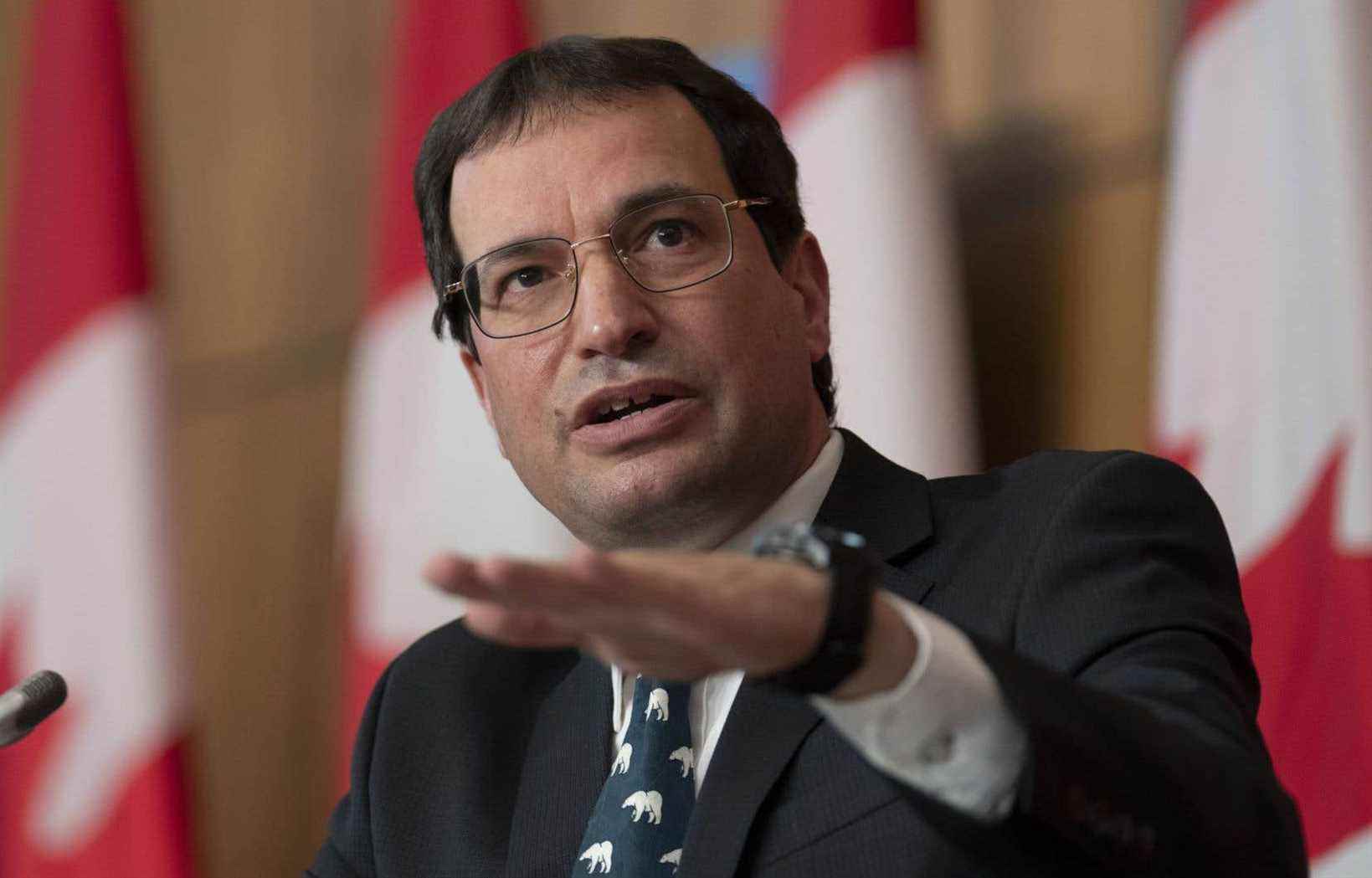The federal government has overestimated the contribution that hydrogen could make to achieving Canada’s climate targets based on “unrealistic assumptions,” concludes the environment commissioner.
“In our view, these assumptions are overly optimistic and could jeopardize the achievement of the objectives of the Canadian Hydrogen Strategy,” reads a report released Tuesday by his office.
“Sound modeling is required to successfully change the trajectory of Canada’s greenhouse gas emissions,” it insists, pointing out that these have increased in recent years despite the objective of achieving carbon neutrality. by 2050.
Environment Commissioner Jerry DeMarco’s team looked at figures put forward by the Department of Natural Resources to estimate the potential of hydrogen to reduce greenhouse gas emissions.
The report notes that under a “transformative scenario”, Natural Resources Canada estimated that the use of hydrogen could achieve a reduction of up to 15%, but that the department discarded less optimistic data.
“We found that in one of its reports on growing hydrogen demands, Natural Resources Canada estimated that in 2030, hydrogen would be only 0.5% of the 2030 target and 5.5% of the target of 2040. The department did not find this projection attractive and chose to adopt more ambitious figures in the modeling of the Canadian Hydrogen Strategy.
What is more, the authors deplore that the “transformative scenario” put forward by Natural Resources Canada is based in particular on “bold and sometimes non-existent policies” which it assumed would be adopted.
The Commissioner’s team also noted that several costs associated with hydrogen production were not taken into account. Indeed, we note that Natural Resources Canada “assumed a very low price of electricity in all the provinces” and neglected the costs related to the necessary infrastructures.
The report, which is part of a series of five audits tabled on Tuesday, recommends that Ottawa return to the drawing board by carrying out modeling that notably takes into account the reduction of emissions by sector and the “feasible deployment of technologies and supporting infrastructure”.
Gaps in carbon pricing
In another audit, the Office of the Environmental Commissioner identifies gaps in carbon pricing across the country. For example, the authors assess that the federal criteria for provincial programs targeting large emitters are “loose”.
“Environment and Climate Change Canada has determined that the provincial programs are sufficiently stringent to the extent that the assessments clearly suggest that the implementation of the programs will result in no more emissions than a scenario without a pricing system”, can -we read.
Weaknesses will be corrected by an update for 2023 to 2030 which has been announced, but experts consider these improvements insufficient.
“Provinces and territories will continue to be able to tailor performance standards to their own circumstances, without being required to match the level of federal program effectiveness or meet a minimum performance standard. Experts also pointed out that the updated federal model did not adequately address the issue of low performance standards. »
